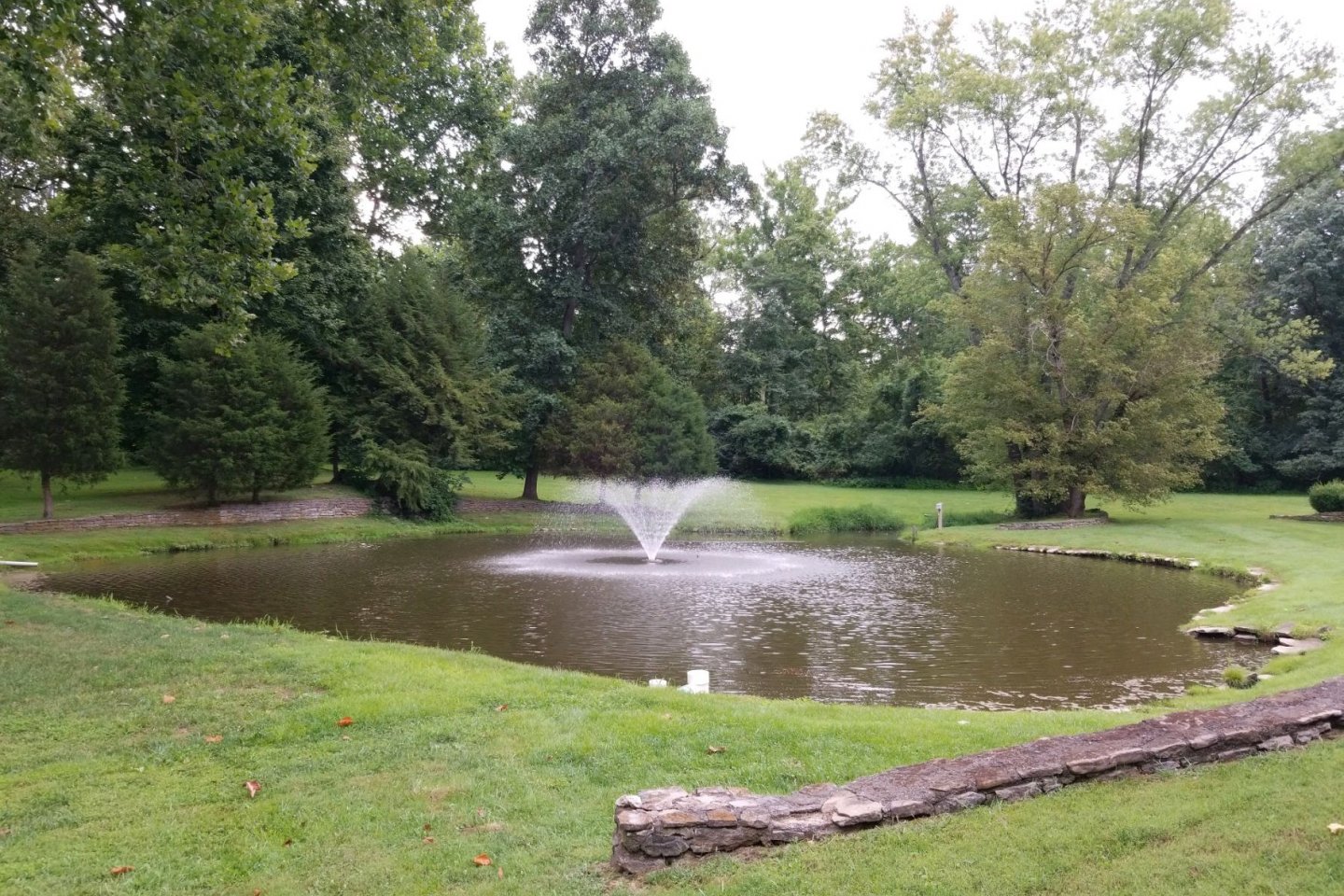
As temperatures warm, many of us are eager to spend time outside getting the pond ready for spring. Like considering the nutrient ratio of your soil to achieve a lush lawn, it’s important to be aware of how an abundance of nutrients, such as phosphorus, in your pond/lake can result in nuisance algae, cyanobacteria, and weed growth.
While phosphorus does play a vital role in the success of your pond and achieving fishery goals, an overabundance can increase the likelihood of diminished water quality. As such, part of getting your pond/lake ready for the upcoming season should be considering how you can limit the influx of phosphorus into the system and bind up or metabolize nutrients already in the water.


Nutrients enter the water from the surrounding watershed - spring rains are often responsible for this mobilization. While it can be difficult or even impossible to change your watershed, there are a number of actions you can take to limit nutrient inputs into your water. Lawn fertilizer should be applied at least 20 feet from the edge of the water. Grass clippings should be bagged or blown opposite the water. Trees should be planted at least 30-40 feet from the water edge to limit the amount of leaf litter that enters the pond in the fall. Resident geese and duck populations should be discouraged to limit waste entering the water. Septic systems should be monitored to ensure they’re not leaking. These actions have a major impact on slowing the aging process of your pond/lake.
Unfortunately, these actions do little for nutrients that are already in the water. This is where our team can help. Our biologists can sample the water to determine the total phosphorus in your pond/lake. From there, we can apply phosphorus binders to limit the amount of available phosphorus and reduce the likelihood of blooms. Beneficial microbes can also be used to slow the aging process of your pond and create clean, balanced water. Some blends of beneficial microbes target available phosphorus while others focus on breaking down leaf litter, fish waste, and other organic material that has accumulated on the bottom of your pond/lake. Depending on your watershed, your pond/lake may be an ideal candidate for native shoreline plants. We will select plants that have the benefit of up-taking nutrients from the water, stabilizing the shoreline and offering habitat to wetland birds and fish.
Ultimately, creating a healthy pond is complicated and requires more than just a one-time fish stocking or occasional herbicide application. We’re here to help with our extensive services. Contact our team today for your personalized management proposal.


